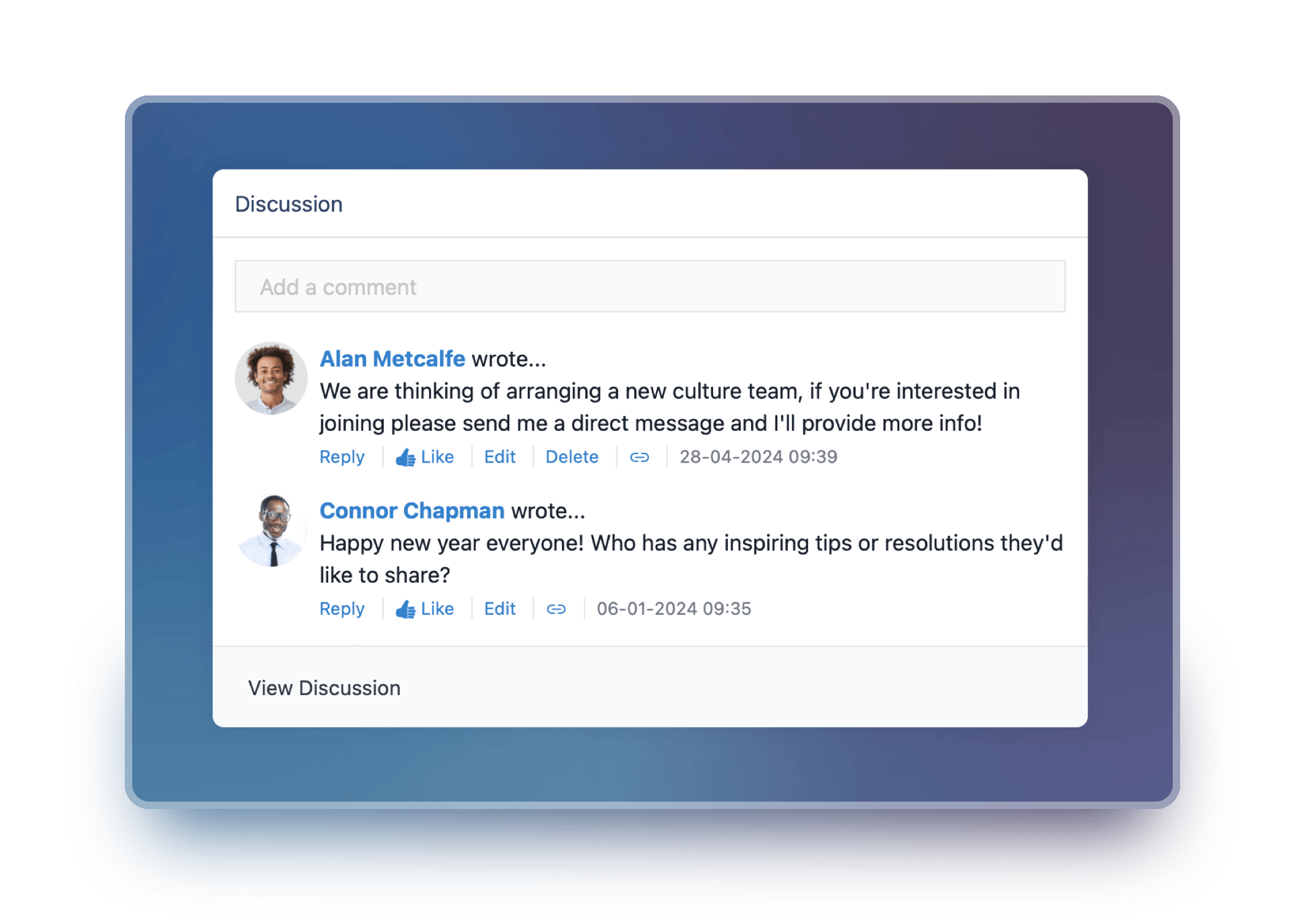A company intranet is your private network for distributing information to employees, partners, and customers. Intranets are becoming increasingly popular to solve communication problems, break down silos, centralise information and activity, improve engagement, and build a unique work culture. According to Market Research Future, the Intranet as a Service market is expected to grow at a CAGR of 14.2% and reach a value of USD 25.5 billion by 2025.

Intranets allow companies to share data with their staff efficiently by storing it on the intranet server. This way, all relevant information is accessible from any computer within the company’s intranet network. Other benefits of intranets include:
Although intranets are widely used, many organisations have gaps to fill between their staff’s expectations of what a corporate intranet should be and what they are in practice. Great intranet content is a key factor to the success of the intranet site. Unfortunately, most intranets are stand-alone document repositories that aren’t integrated into various other services that employees use to get their jobs done. This leads to low usage and, in turn, low engagement which affects productivity across the organisation.

To surmount this challenge, we examine the best practices for intranet sites and the features that an intranet site should have.
Best practices for company intranet sites
Some of the best practices for intranet sites include:
What features should an intranet have?
While intranets vary dramatically from company to company based on size, mission statement, culture, and more, there are certain features that many great intranets have. These features include:
Asynchronous intranet messaging
A good Intranet site reduces inbox overload and improves team communication with a staff communication app. This program collects all your discussions into one location, allowing staff to share internal communications with their co-workers, managers, or entire teams in a private, non-public space so that conversations remain focused and safe.
Intranet search engine
Intranet search engines help people find what they are looking for, even if the intranet has thousands of pages or more across many different apps. It should respect the permission engine so that each team member finds their most relevant information.
Intranet discussion rooms
Discussions are a fantastic way to build community within an organisation, and intranets provide an excellent platform for hosting them because they can be easily organised around topics or teams. However, as with any online conversation, it’s important that intranet discussion forum moderators carefully monitor discussions, so nobody feels disrespected, or comments don’t get out of line.

Blogs on intranets
Blogging is another excellent way to engage employees by enabling them to share their thoughts and insights with others. Intranets provide a great publishing platform for blogs and specific news channels. They can also help managers get good insights into what’s brewing in the minds of their staff. You can track activity, such as which articles get read and how many comments each post receives.
Collaboration tools
Intranets should allow users to connect and work on intranet projects together. Intranets provide a streamlined way for people inside an organisation to quickly share helpful content while noting who has access and when it was shared. This makes intranets not only useful as repositories but as platforms for connecting people with valuable resources, too.
Employee directory
Intranets should be able to list and display employee details allowing users to find who they are looking for easily. In addition, employees should be able to create intranet profiles that include their contact information. Intranets with directory integration capability let employees upload intranet photos, and intranet social networking tools let them put personal interests on display. This encourages a sense of community by helping staff feel they’re part of a team.
Instant in-system or email notifications
A good Company Intranet site should have a notification system to allow for real-time communication among employees and the delivery of internal communications. Furthermore, employees with the appropriate permission settings should receive automatically generated system alerts. Also, for each application, the communication method and frequency of users being alerted should be customisable.
Developing an intranet site in 10 simple steps
With the best practices and features in mind, below is how to plan and launch an Intranet site in ten simple steps:
- Step 1: Understand and capture staff needs and requirements
- Step 2: Establish a project team
- Step 3: Define and develop your strategy
- Step 4: Research and select an intranet vendor
- Step 5: Conduct a content inventory
- Step 6: Design the homepage and name your intranet
- Step 7: Top-level menu structure and staff training
- Step 8: Content migration and permissions
- Step 9. Governance policy and marketing buzz
- Step 10. Launch!
For more information on how to launch an Intranet in ten simple steps, read our complete guide.


![[DOWNLOAD OUR LATEST GUIDE ON PLANNING AN INTRANET]](https://no-cache.hubspot.com/cta/default/5025095/0e6f959e-db60-43d9-8775-9c1f7125213f.png)



